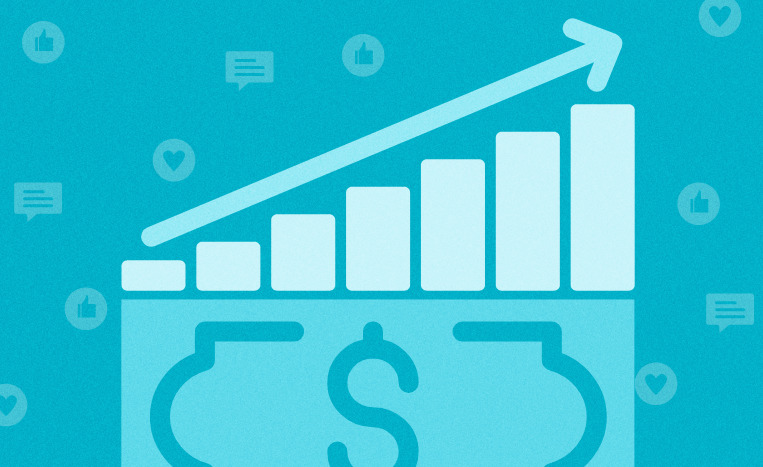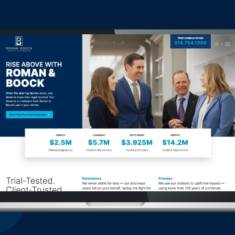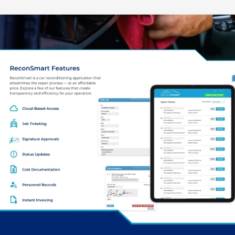The Question of ROI: Earned Media vs. Paid Media
07.22.22
In our marketing discussions, we often focus on your owned media. Owned media is content exclusive to your brand, such as your website and social media profiles — you control these particular platforms, post new content as you please and change your media strategies at a moment’s notice. However, earned media and paid media are crucial elements of your media strategy that add distinct value to your brand perception.
The Value of Earned Media
Earned media does not have a dollar sign attached. It is content garnered organically from public relations efforts and word-of-mouth communication. It could be anything from social media posts made by enthusiastic consumers to articles positively reviewing your products or services. Earned content increases the relative trustworthiness of brands, drives traffic and ultimately, drives conversions.
However, the value of each type of earned content varies when added to your media strategy. Earned content maintains a prolonged shelf life over paid media. For instance, a blog may be revisited time and time again. It offers lasting value as long as it stays published. This concept extends to less utilitarian platforms as well. Video reviews on social media platforms like TikTok or YouTube are valuable because they take time and effort — signaling to audience members that a user feels passionate about your product or service. Social media posts depend on their engagement value, meaning posts with high engagement are more likely to add value to your brand.
Ultimately, earned media has a longer-lasting impact on your brand perception when compared to paid media efforts. Certain placements may significantly increase long-term attention. For example, a trade publication featuring your brand in an article may funnel new audience members interested in your services.
The Value of Paid Media
Paid content is what most people immediately think of when they hear the word “marketing.” It is a media strategy composed up of targeted marketing tactics like search engine advertisements, print advertising, TV commercials and radio spots — but now it also includes paid promotions on social media and influencer marketing content. This form of marketing aims to get in front of as many eyes as possible, hoping that people will convert now or remember you down the line.
Paid media is not just a shout into the void. Unlike earned media, a marketing agency partner creates this content to fulfill a specific goal. You may want to increase brand awareness, boost revenue or even drive traffic to a specific page on your website, such as a job listing. Designers, writers and paid media strategists work together to help you create content to propel you toward your goal, placing your media in front of new prospects. Ultimately, paid content is what it sounds like — marketing with extra dollar signs attached. It must align with an established strategy to be valuable to your long-term growth plans.
Considerations for Return on Investment
While you should always strive for positive earned media in your media strategy, the return on investment (ROI) of earned content may be hard to track numerically. Earned media value (EMV) is a common measurement of audience trust, user engagement and the otherwise positive influence PR and marketing activities have on your brand perception. The formula for this measurement often varies between businesses. Ultimately, EMV may be evaluated by looking at valuable metrics such as engagement and reach. Apart from calculations, you must also consider that this type of media may be difficult to acquire and predict. One month could have valuable, high-profile media coverage, while the following could be fruitless.
Generally speaking, we consider social marketing the most lucrative paid media outlet. Research from Gartner cites social media as the number one channel for building awareness and driving conversion. Additionally, Gartner cites social media as the number two channel for demand generation and customer advocacy. In the digital age, paid social channel budgets should be a part of any social marketing strategy.
The ROI of paid media, social media or otherwise, is straightforward to measure and analyze for cost-effectiveness. Marketers will typically gather conversion data and analyze metrics such as impressions, social engagement, web traffic and various cost & click measurements. Marketers then assign value to a marketing effort by dividing the return on the investment by the initial cost. From there, you may change the frequency and volume of your paid content to amplify your message. However, always keep in mind that it comes with a cost.
Start Your Media Strategy
There is no guarantee that one type of content will have a higher ROI than another. Earned media and paid media may coexist in your media strategy. Together, they work in unison to expand your reach and drive website traffic. Ultimately, measuring the ROI of your marketing efforts demonstrates the value marketing has on your brand. Beyond that, it showcases the many outlets through which you reach your audience.
Interested in paid marketing? Contact Paradigm to start building your content strategy.


